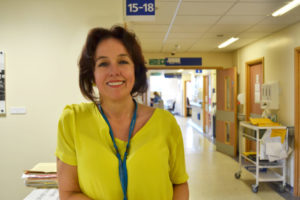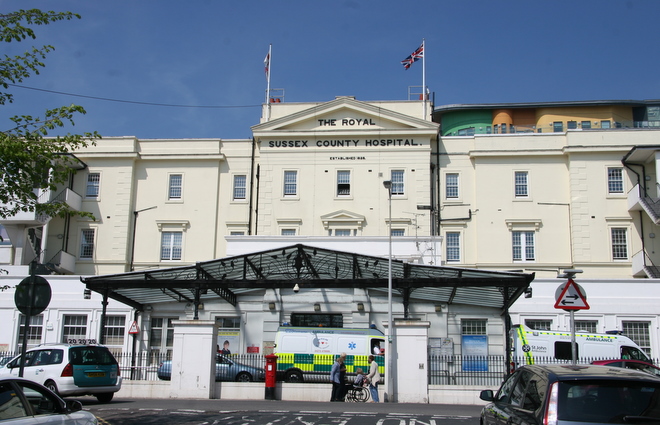Brighton hospital bosses have backed a plan to merge with a neighbouring NHS trust and create a new £1 billion organisation to run seven Sussex hospitals.
The proposal is expected to be signed off formally by National Health Service bosses including Health Secretary Matt Hancock by the end of the month.
The new merged organisation – to be known as University Hospitals Sussex NHS Foundation Trust – is expected to take over running services for about a million people from Thursday 1 April.
It will be created from a merger of Brighton and Sussex University Hospitals (BSUH) and Western Sussex Hospitals.
Alan McCarthy, who chairs the board of both trusts, said: “This is a pretty historic day. Two institutions are merging to improve patient care – and that will provide opportunities for staff as well.
“This is a great day for Sussex. This is a new chapter and we all look forward to an exciting new future.
“The past year has been phenomenal with all the challenges of the pandemic and the way both organisations have risen to those challenges.
“Yes, we’ve got challenges ahead to do with the recovery and restoration of services.
“I want to thank all those involved with both organisations and I want to thank the staff. It’s an exciting future and I’m very much looking forward to it.”
The new trust will run the Royal Sussex County Hospital, the Royal Alexandra Children’s Hospital and the Sussex Eye Hospital, in Brighton.
It would also run the Princess Royal Hospital, in Haywards Heath, Southlands Hospital, in Shoreham, Worthing General Hospital and St Richard’s Hospital, in Chichester.
Earlier this week Dame Marianne Griffiths, the chief executive of both trusts, said: “The biggest global health crisis in a century has taught us many lessons this year.
“But for health services none has been more important than the value of working together to keep patients safe and achieve the very best outcomes we possibly can.

“In Sussex, our collaborative approach had already delivered many benefits by the time covid-19 engulfed us all but it was the onset of the pandemic that strengthened our resolve to explore a merger.
“Our joint response to the first wave demonstrated the improved benefits and resilience of acting as one, as well as the limitations of maintaining separation.”









